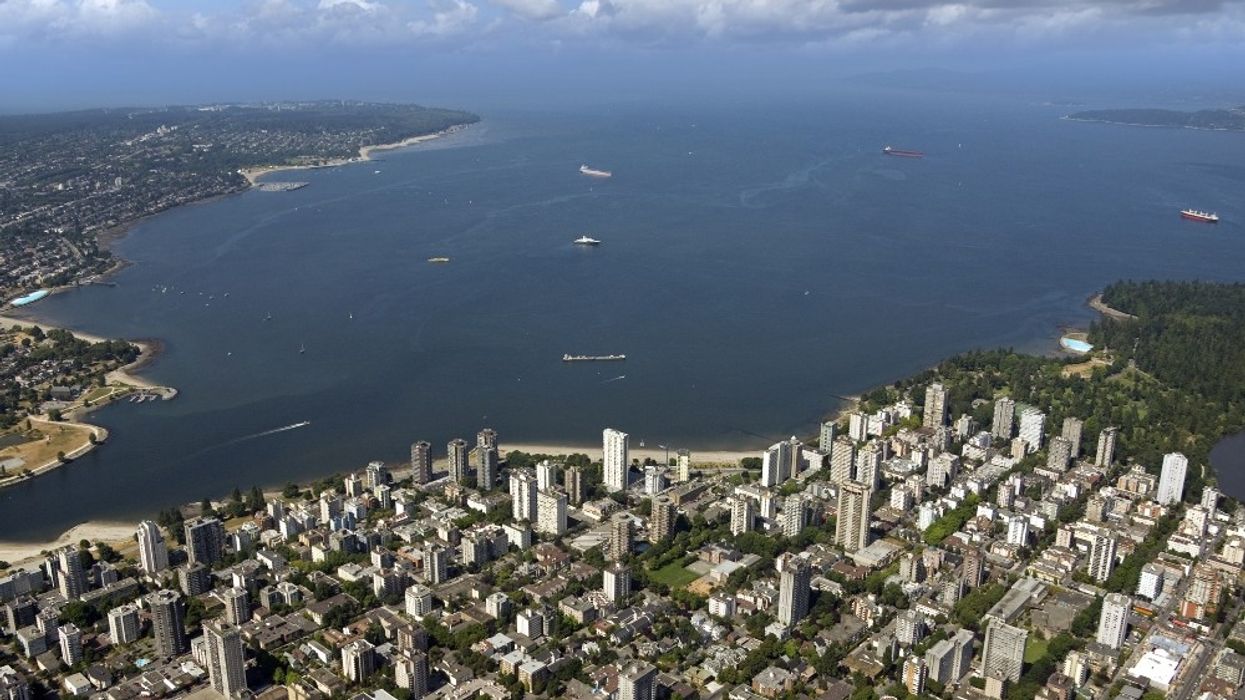British Columbia recorded 4,512 residential sales in November, a shocking 50.8% decrease compared to the 9,171 that were registered in November 2021.
According to data released by the BC Real Estate Association (BCREA) on Tuesday, the three regions in the province with the highest volume of home sales also saw their number of transactions dip the most.
In Greater Vancouver, the largest region in the BC, residential sales fell 53.5%, from 3,492 to 1,625. In the Fraser Valley, sales dropped 58.3%, from 1,884 to 786. And in the Okanagan sub-region of the BC Interior, sales decreased 51.2%, from 1,036 to 506.
These significant declines in sales came as the number of listings increased. As of this November, Greater Vancouver totaled 9,633 active listings, a 27.3% increase compared to the 7,570 this time last year. In the Fraser Valley, the amount of active listings increased by 91.4%, from 2,332 to 4,463. Similarly, the amount of listings in Okanagan increased 93.1%, from 1,854 to 3,581.
In the aggregate, from November 2021 to November 2022, the amount of active listings increased by 63.5%, from 16,459 to 26,910.
The Market Lean
So what do these numbers tell us about the market? And what do they mean for consumers thinking about buying or selling?
Using the amount of sales and total listings, we can identify the sales-to-active-listings ratio, which serves as a quantitative indicator of whether the market is leaning more towards buyers or sellers. A ratio of over 20% usually signals a sellers' market, while a ratio under 12% indicates a buyers' market, with anything in between indicating balance in the market.
As of November, the ratio was 16.9% in Greater Vancouver, 17.6% in the Fraser Valley, 14.1% in the Okanagan, and the aggregate ratio for the province was 16.8%, all of which point to market balance.
In November 2021, those ratios were 46.1%, 80.8%, 55.9%, and 55.7%, respectively, all of which showed a heavy lean towards sellers. This implies that while residential sales in BC have cooled off significantly over the past year, the drop-off has brought the market to a healthy balance, rather than to a point of concern.
READ: BC Homeowners Can Expect a 5% to 15% Rise in Property Assessments
Prices and Inflation
In terms of prices, in almost every area of the province, the average price of residential units that changed hands in November was lower than what was seen in November 2021.
In Greater Vancouver, the average price decreased 3.3%, from $1,241,774 to $1,201,186. In the Fraser Valley, the drop-off was more significant, at 17.1%, from $1,104,759 to $915,484. For the Okanagan, prices decreased 2.4%, from $757,953 to $739,891.
Province-wide, the average price fell from $992,245 to $906,785, an 8.6% decrease.
This has been a year greatly defined by, of course, interest rate hikes. The Bank of Canada's overnight lending rate sat at 0.25% this time last year and has steadily increased all the way to 4.25%, thanks to last week's rate announcement. But there is good reason to believe that things will take a turn for the better in the coming year.
READ: BoC “Resolute” in Returning Inflation to 2%, Says Macklem in Year-End Speech
"A lot has changed in 2022," said BCREA Chief Economist Brendon Ogmundson. "This time last year, home sales were near a record for November, home prices were accelerating, and mortgage rates were less than half of current levels. Elevated mortgage rates will continue to constrain sales activity, though with the Bank of Canada nearing the end of its tightening cycle and benchmark bond yields falling, mortgage rate relief may be on the horizon."
All's well that ends well?





















